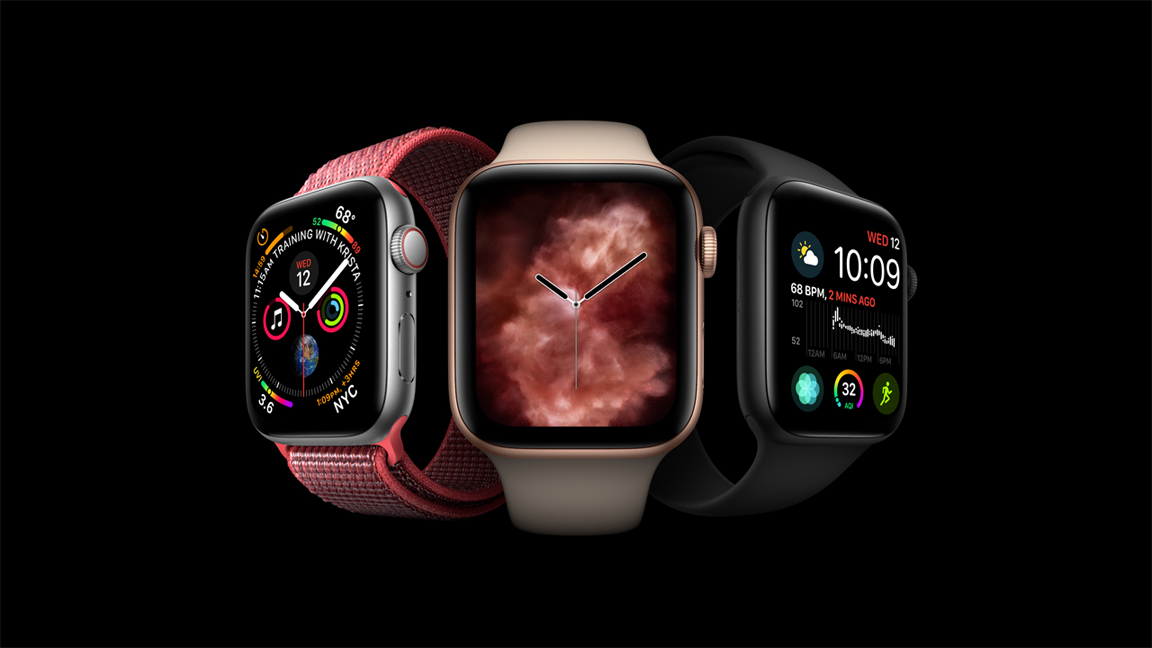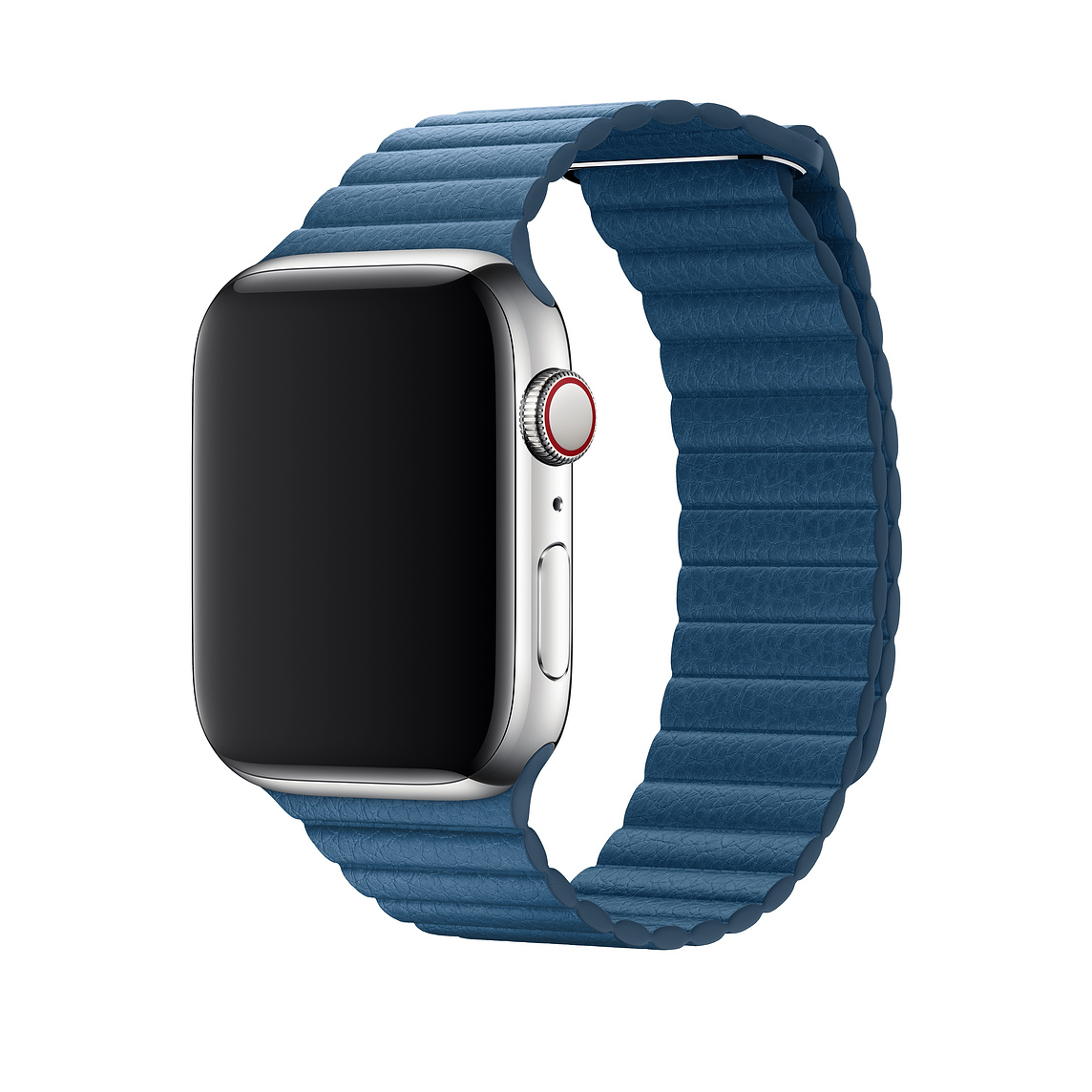Tim Cook and other Apple executives on Wednesday they revealed the next generation of the Apple Watch smart watch. This time, it is probably the biggest change since the Apple Watch was first shown to the world. After four almost identical generations, here we have a model that can be described as different. Let's take a quick look at what has changed since last year.
Display
The most fundamental and at first glance the most noticeable change is the display. Since the first generation of the Apple Watch, the display has been the same, with a resolution of 312 x 390 pixels for the 42 mm version and 272 x 340 pixels for the smaller 38 mm version. This year, Apple managed to stretch the display further to the sides and achieve this by reducing the bezels. The display area has thus increased by more than 30% while maintaining the same dimensions of the body as such (it is even a bit thinner than in previous models).
If we look at the numbers, the 40mm Series 4 has a display with a resolution of 324 x 394 pixels and the larger 44mm model has a display with a resolution of 368 x 448 pixels. If we convert the above values into surface area, the display of the smaller Apple Watch has grown from 563 mm square to 759 mm square, and the larger model has grown from 740 mm square to 977 mm square. A larger display area and finer resolution will allow for a more readable user interface and easier handling.
It could be interest you

Body size
The body of the watch as such received further changes. In addition to the new size designation (40 and 44 mm), which rather draws attention to the change in display size, the thickness of the body has seen a change. Series 4 are less than a millimeter thinner than the previous model. In numbers, that means 10,7mm versus 11,4mm.
Hardware
Other big changes took place inside. Brand new is the 64-bit dual-core S4 processor, which should be up to twice as fast as its predecessor. The new processor means the watch runs faster and smoother, as well as noticeably faster response times. In addition to the processor, the new Apple Watch also includes a module for haptic feedback, which is newly connected to the digital crown, improved accelerometers, a speaker and a microphone.
The user interface
The redesigned user interface is also associated with the larger displays, which makes full use of the larger surfaces. In practice, this means completely new dials, which are fully user-modifiable, and the user can thus set the display of several new information panels. Whether it's the weather, activity tracker, different time zones, countdowns, etc. The new dials also have completely redesigned graphics, which in combination with the larger display look very effective.
Introducing the Apple Watch Series 4:
Health
Arguably the biggest and most important new feature of the Apple Watch Series 4 is a feature that will initially not work elsewhere than in the US. This is the option of taking an ECG. This is newly possible thanks to the revised design of the watch and the sensor chip located on the inside. When the user presses the crown of the watch with the right hand, a circuit is closed between the body and the watch, thanks to which an ECG can be performed. The measurement requires 30 seconds of time. However, this feature will initially only be available in the US. Expansion further into the world apparently depends on whether Apple receives certification from the relevant authorities.
It could be interest you

Other
Other changes are more minor, such as support for Bluetooth 5 (compared to 4.2), integrated memory with a capacity of 16 GB, the 2nd generation of an optical sensor for measuring heart rate, better signal reception capabilities thanks to an improved design, or a new W3 chip ensuring wireless communication .
Apple Watch Series 4 will be sold in the Czech Republic from September 29 only in the GPS variant with an aluminum body and mineral glass for 11, respectively 12 thousand crowns according to the selected size.
It could be interest you

The EKG is also built into the CZ version and we are just waiting for the sw to be unlocked, or will the sensors not support it in the CZ version?
ECG is a software feature, unfortunately outside the US it will be disabled on the Apple Watch. In the Czech Republic, I do not believe that this function will be launched in the near future.
Is it possible to make phone calls from the Apple Watch independently without connecting it to an iPhone?
Where does Apple say ECG won't be available outside the US? I couldn't find any statement from them anywhere. And on the Czech website they normally write about the EKG, only they don't call it an electrocardiogram, but an electric heart rate sensor.